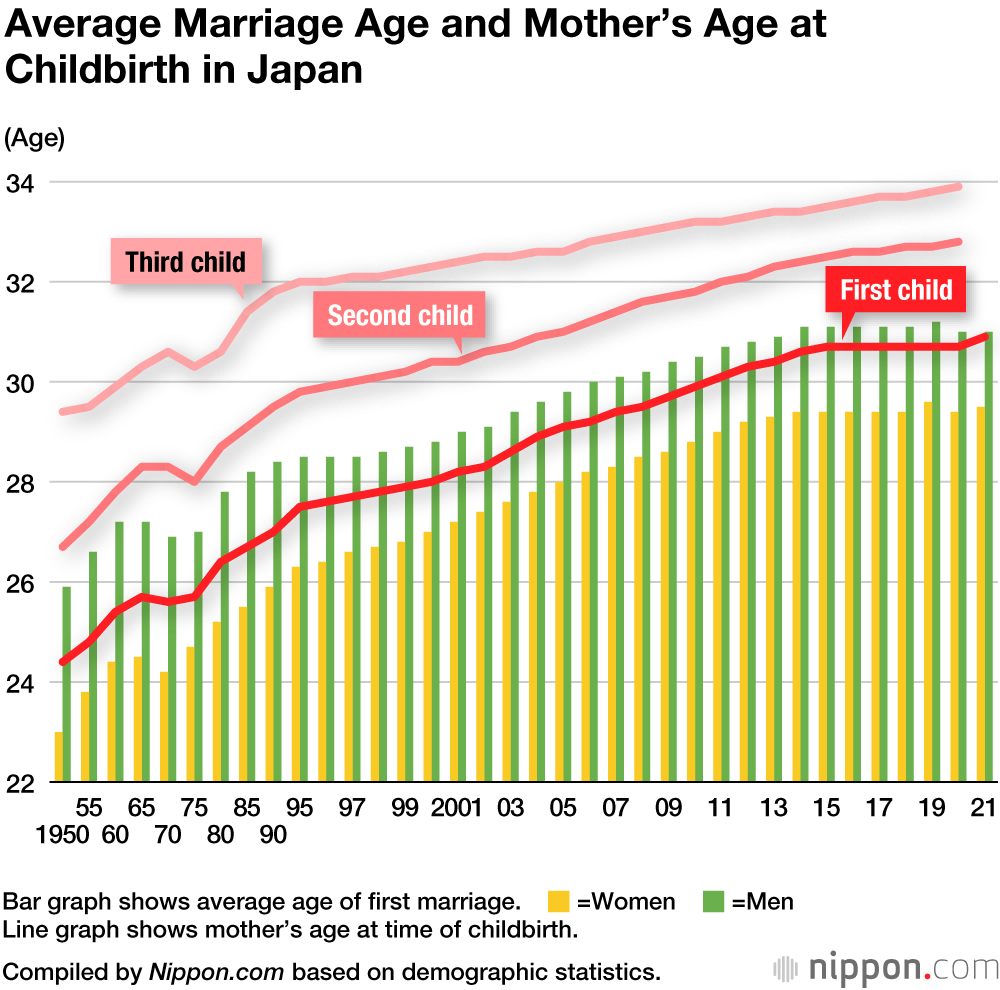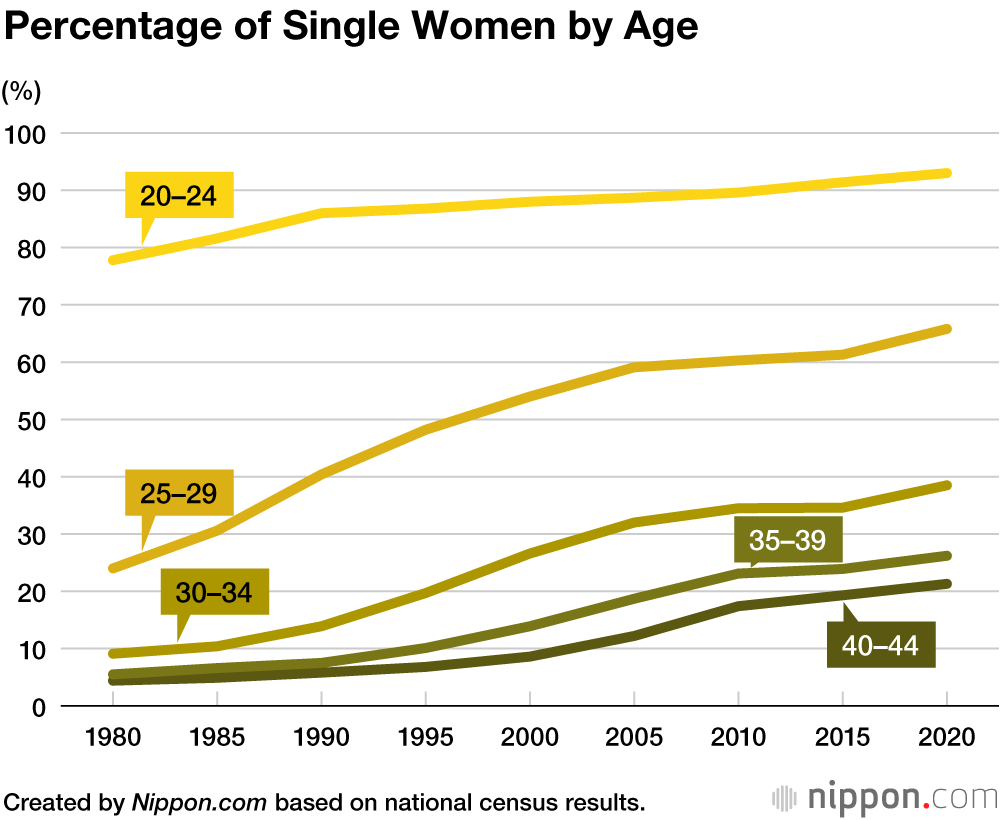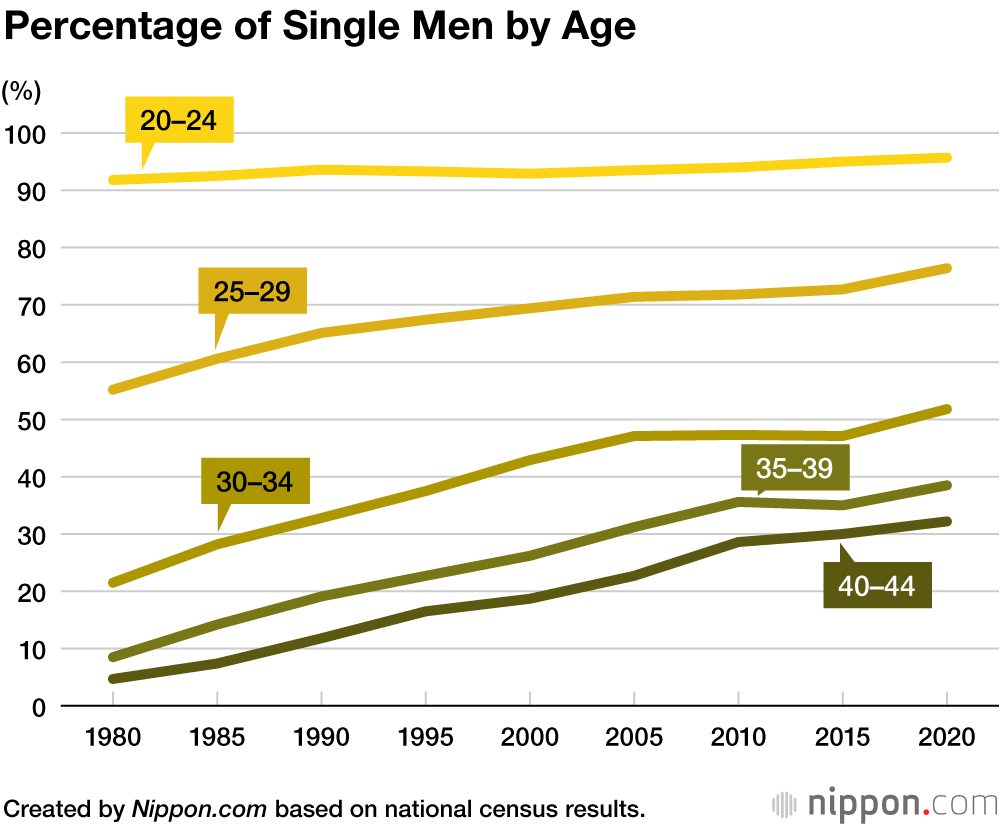
Apr
THE STORK CONTINUES TO ARRIVE LATER AND LATER IN JAPAN
For the sixth year in a row, the number of babies born in Japan decreased, with just over 800,000 babies born in 2021. The implications of this downward trend are significant, affecting Japan’s demographic makeup and its economic and social landscape.
According to The Ministry of Health, Labor, and Welfare, women are waiting longer to have their first child. Japanese women are also delaying getting married compared to previous generations.
In the 80s, first-time mothers were about 26 years old, with their second and third children being born two and 4 years later, respectively. Fast forward to 2021, and the average age of first-time mothers has skyrocketed, surpassing even the age at which mothers were having their third child 40 years ago.

Returning to the 80s, the vast majority of Japanese women who tied the knot, had done it in their twenties. Only less than 10% of women between 30 to 34 years old remained single. Fast forward to our current time, the number of single Japanese women between 25-29 years old has increased by an outstanding 40% compared to 40 years ago. All other age categories have also seen an increase.

This trend is also seen among Japanese men, though with different ratios. Young Japanese men continue to remain single in their early twenties; some men remain unmarried by their early 40s.

WHAT DOES THIS MEAN?
There are multiple factors that have led to this trend among young Japanese adults. Women, in particular, are now choosing to focus on their professional careers rather than accept a household role. While many women would like to start a family, the sacrifice they have to endure in their professional careers is quite high compared to Japanese men. Unfortunately, the Japanese working culture continues to be quite disadvantageous for women. This is on top of the very little government support in the daycare sector.
HOW DOES THIS AFFECT YOUR BUSINESS?
While companies have been able to follow this rising trend and adjust their targeting and messaging to an older single audience. It is a good opportunity to “get ahead of the curve”. Knowing the lentitude in how things change in Japan, socioeconomic trends as well, we can expect for this trend to continue rising in the years, if not decades to come. Companies who deal in tourism can now expect older young adults to have the freedom and economic power to continue traveling with friends or their romantic partners. The service and entertainment industry can also place more focus in their adult targer audience rather than the family or children demographics.
For example, let’s imagine that you are Tokyo Disney Resort. You are extremely popular with teenagers and young adults and now you know that these groups are more likely to remain single in the next coming decade. You have to make sure that you place tour marketing, advertising and entertaining focus on these two demographics rather than expecting families to power you through the years to come.




Sorry, the comment form is closed at this time.